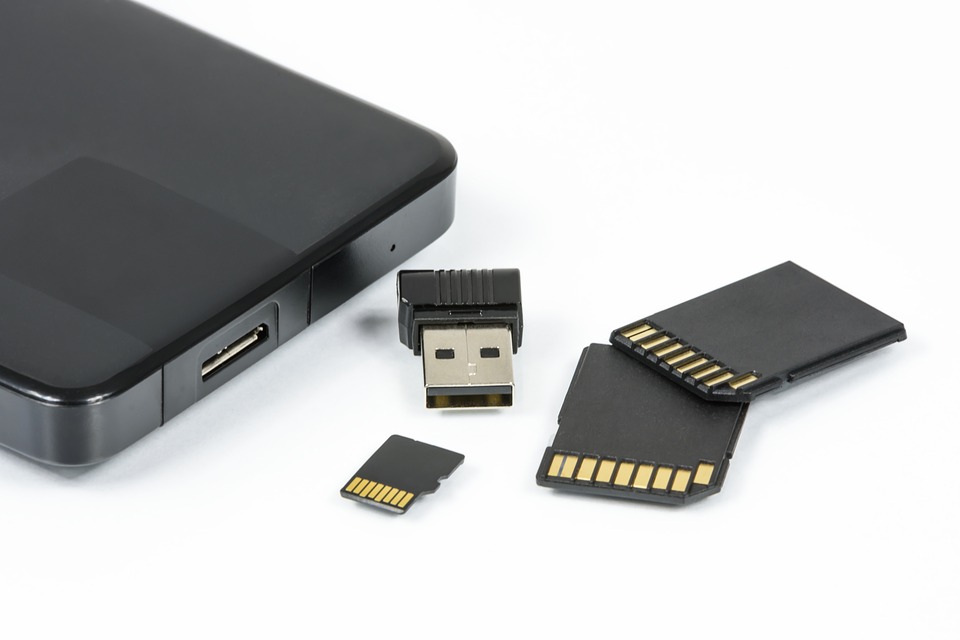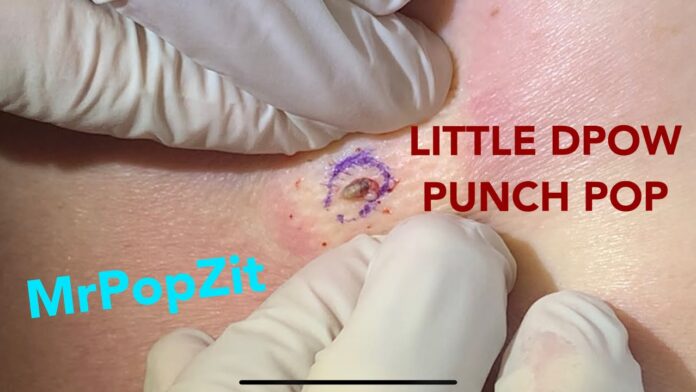How Do I Pop Out a Blackhead?
I pop out a blackhead
Most people who develop a cyst do so because of a hair follicle that has been clogged with oil, dead skin cells and C. acnes (the bacteria that cause pimples).
The buildup of these substances creates an opening in the follicle where they collect and oxidize in the air, giving them a dark appearance. The plugs can be removed from the follicle with cotton or tissue and a gentle push, but you should not pick at a blackhead or try to get at the head of the cyst as this can lead to an infection.
Cysts are normally harmless, but sometimes they can be painful or irritable, so if you notice one of these bumps on your skin, see your doctor. They usually appear on the face, neck, chest, torso and groin area, but they can also develop on the palms of your hands or plantar sides of your feet after an injury to your skin.
They can be caused by sebaceous glands that produce normal skin oils, but are unable to properly drain out of a pore. A small opening called a microcomedone forms in the pore where the sebum tries to escape but can’t.
As the accumulated sebum builds up, it may harden and form a firm mass that is called an epidermoid cyst. The resulting sac is filled with keratin and other skin particles and can range in size from a millimeter to several centimeters.
A dermatologist can help determine whether you have an epidermoid cyst, which are very common in adults. They can also determine the best way to treat the cyst and ensure that it doesn’t become infected or inflamed.
Treatment for an epidermoid cyst
The most effective and safest way to remove a cyst is to have it surgically removed. Your healthcare provider will use a local anesthetic to numb your skin and make a small incision over the cyst. Then, the balloon of the cyst will be “peeled” out from under your skin and the surrounding tissue will be stitched together to leave a scar as minimally visible as possible.
If the cyst is infected, your doctor will treat it with antibiotics and a special medication that reduces inflammation. If the cyst isn’t infected, your physician will usually wait a few weeks for it to clear up on its own.
In some cases, a cyst can be reduced with steroid injections or other medications that may be recommended by your physician. If the cyst has not resolved, your doctor will recommend surgical removal of the cyst.
Most epidermoid cysts do not need to be removed and will resolve on their own. However, if they begin to become infected or inflamed, a doctor will have to remove the cyst. A cyst that’s infected or inflamed may not respond to treatments or will become more severe and painful. A physician can also refer you to a cyst specialist for specialized surgery.































